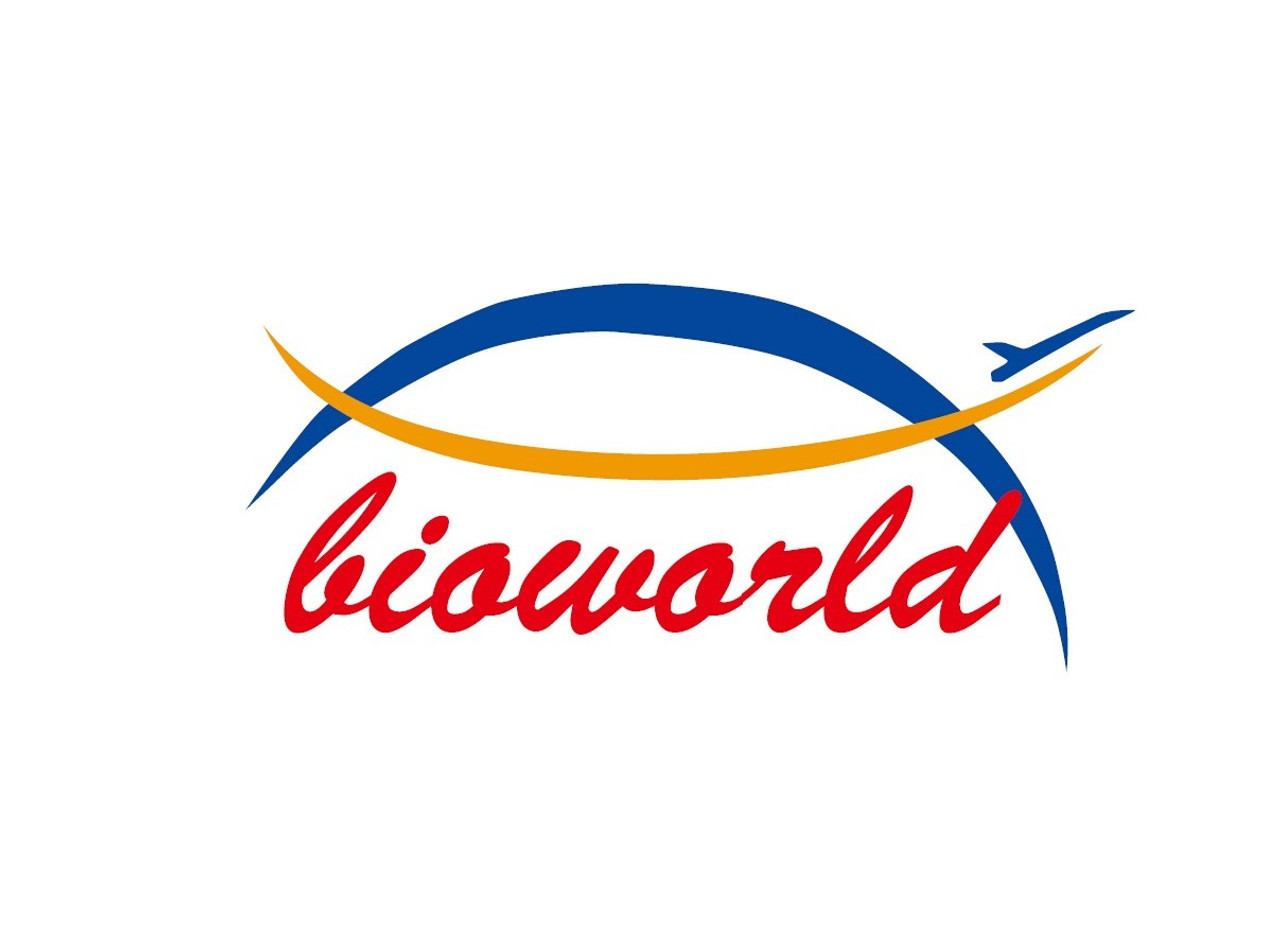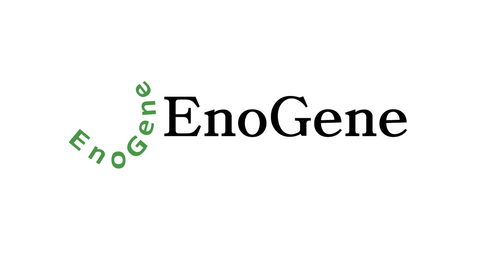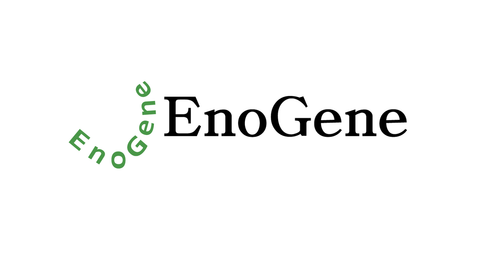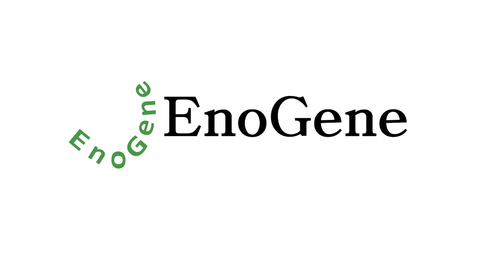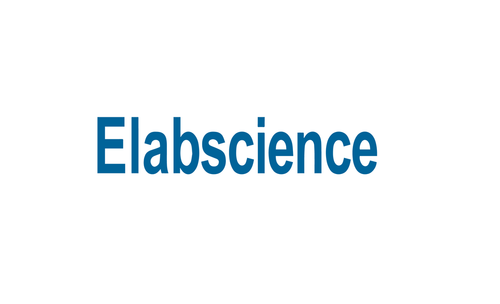Product Description
PTGER1 polyclonal Antibody | BS8067 | Bioworld
Host: Rabbit
Reactivity: Mouse,Rat
Application: WB
Application Range: WB 1:500 - 1:2000
Background: Prostaglandin E2, a member of the autacoid family of lipid mediators, is a major renal cyclooxygenase product of arachidonic acid metabolism (1–3) . Prostaglandin E2 binds to four G protein-coupled E-prostanoid receptors, designated EP1, EP2, EP3 and EP4 (1–3) . The expression and function of the prostaglandin E2 receptors have been highly characterized in kidney (2,3) . EP1, which is predominantly expressed in the collecting duct, couples to Gq proteins to inhibit sodium absorption and increase in intracellular calcium, which act as second messengers. EP2 is coupled to Gs proteins, which stimulate adenylyl cyclase . EP2 has the lowest expression in kidney, but EP2 knockout mice exhibit salt-sensitive hypertension, which suggests a role for EP2 in salt excretion. EP3 is expressed in renal vessels, thick ascending limb and collecting duct. EP3 has at least 6 alternative splice variants that couple to Gi proteins to inhibit cAMP, which subsequently inhibit sodium and water transport . In uterus, EP3 induces the contraction of uterine smooth muscles. EP4 is expressed in glomerulus and collecting duct. It couples to Gs proteins, which stimulate adenylyl cyclase and regulate glomerular tone and renal renin release .
Storage & Stability: Store at 4°C short term. Aliquot and store at -20°C long term. Avoid freeze-thaw cycles.
Specificity: PTGER1 polyclonal Antibody detects endogenous levels of PTGER1 protein.
Molecular Weight: ~ 42 kDa
Note: For research use only, not for use in diagnostic procedure.
Alternative Names: Prostaglandin E2 receptor EP1 subtype; PGE receptor EP1 subtype; PGE2 receptor EP1 subtype; Prostanoid EP1 receptor; PTGER1
Immunogen: Recombinant full length Human PTGER1.
Conjugate: Unconjugated
Modification: Unmodification
Purification & Purity: The Antibody was affinity-purified from rabbit antiserum by affinity-chromatography using epitope-specific immunogen and the purity is > 95% (by SDS-PAGE) .
Pathway:
 Euro
Euro
 USD
USD
 British Pound
British Pound
 NULL
NULL

